BY WALTER OPINDE
On this day, 8th June, 1953, the U.S. Supreme Court ordered the desegregation of Washington, D.C. restaurants after John Thompson’s case against the District of Columbia “District of Columbia v. John R. Thompson,” This decision was based on the validity of District of Columbia laws of 1872 and 1873. The rulings held by the Court based on these laws were still in effect notwithstanding the several changes in the forms of the District’s government over decades. However, the decision did not address the issue of the constitutionality of the predominant racial segregations.
Thompson’s case came at a moment when the court had failed to coalesce internally over how to resolve the Brown and four companion cases, including one that challenged Washington’s segregated schools.
Not until the dawn of the 1960s, Washington, D.C., was still a sleepy town from the South, within which the cases of racial segregations were prevalent. Fortunately, the process of desegregation ensued in earnest contexts around 1953, thereby continuing until the early 1960s. Earlier on, during their sit-ins, on 17th April, 1943, and 22nd April, 1944, African-American students from the Howard University had protested against the rampant segregations in Washington, D.C. restaurants. The sit-in protests had just preceded the famous February 1960 sit-ins, which triggered nationwide movements against segregations about one and a half decades later. As well, a group of the District of Columbia’s playwrights, working through the Dramatists Guild, had forced the racial integration of the U.S. theaters in Washington, D.C., in 1946.
During the case of the District of Columbia v. Thompson, Thompson was handed down four months after President Dwight Eisenhower vowed, during his first “State of the Union” address, to end widespread segregation in the capital. It was not brought to the court by one of the lawyers who was most associated with Brown and the civil rights movements: Thurgood Marshall. Instead, it came at the initiation of an octogenarian activist and charter member of the NAACP, Mary Church Terrell. The Terrell’s legal battle began on 27th January, 1950, when Thompson’s Restaurant, a cafeteria at 725, 14th Street NW, a few blocks from the White House, had refused to serve her alongside other two African-American colleagues merely because they were “colored.” Terrell had been living in Washington, D.C. for over six decades. She was already aware of the segregation. The District was then 35% black; however, schools, department stores, movie theaters, and other businesses were strictly and widely separated by race. As such, most downtown restaurants denied service to the blacks while some relegated them to the counter where they had to stand.
All the above discriminations ended on 8th June, 1953, when the court ruled unanimously in favor of Terrell after finding that the decades-old provisions banning the racial discrimination in public areas including restaurants within Washington D.C. remained “presently enforceable.”
Read more of the original story via: https://www.washingtonpost.com/opinions/the-forgotten-fight-to-end-segregation-in-dc/2016/01/15/1b7cae2a-bafc-11e5-829c-26ffb874a18d_story.html?utm_term=.4fd6ca4876d8

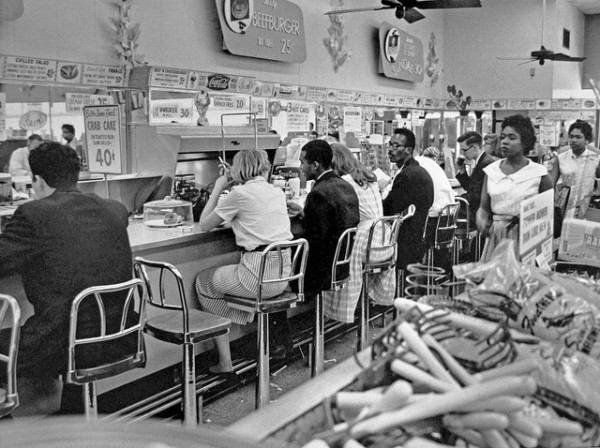



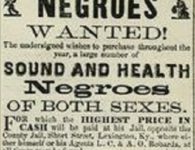


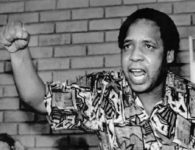

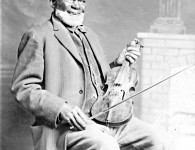
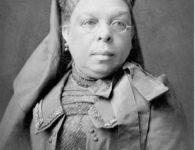
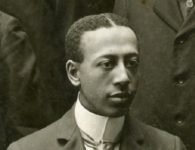
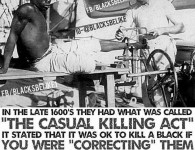
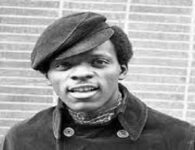
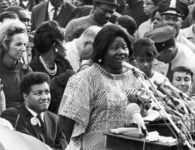

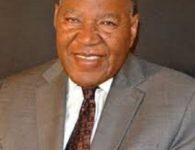
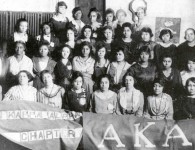
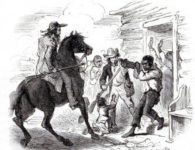

2 Comments
I never will understand why someone color has to do with a perso personally.
[…] did report that on 8th June 1953, it was when the US supreme court did order the desegregation of all restaurants in Washington D.C. It was a decision that was based on the District of Columbia […]